This guidance applies in England

As well as finding TB in your herd, it is also important to prevent spread to other herds and wildlife. The biosecurity Five Point Plan developed by Defra and industry partners contains useful recommendations for practical measures you can implement on your farm.
Cleaning and disinfection (C&D)
You will be sent a Notice requiring Cleansing and Disinfection (BT05) at the beginning of the breakdown explaining what you need to do after reactor cattle have been removed. This form has a declaration that needs to be returned to the Animal & Plant Health Agency (APHA) to confirm that you have carried out cleaning and disinfection after the removal of reactors to slaughter. It is important to return the form to APHA promptly as movement restrictions cannot be lifted at the end of the breakdown without a completed declaration. If you cannot find the original form, a replacement BT05 can be downloaded from GOV.UK.
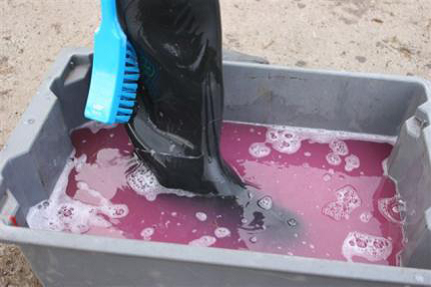
Cleaning and disinfection is important as M. bovis bacteria can potentially survive for months in the environment, especially in cool, moist and dark places. Studies show it can survive for varying periods of time in different materials in the environment, depending on the conditions.
| Medium | Survival time |
|---|---|
| Water | 20-60 days, depending on the conditions |
| Soil | Up to 14 days (summer) and up to 3 months (winter) |
| Stored slurry | Up to 6 months |
| Cattle faeces on pasture | Up to 2 months (summer) and up to 6 months (winter) |
Management of slurry and manure
As part of the Notice of Cleansing and Disinfection (BT05), you need to clean and disinfect the area where the reactor was isolated and any relevant equipment, vehicles or facilities used:
- Before removal, if possible, bedding and manure should be sprayed with a Defra approved disinfectant. It is important that you follow the manufacturer’s instructions carefully to achieve the correct dilution rate otherwise it will be less effective, if at all. Remember not to just clean at ground level, but also the walls up to the height of the cattle to ensure nasal and faecal contamination is removed
- Once this has been done, remove the bedding and manure and stack it for at least three weeks in a place where it is inaccessible to livestock and wildlife. Ideally spray the top of the manure heap with an approved disinfectant or cover with a layer of earth
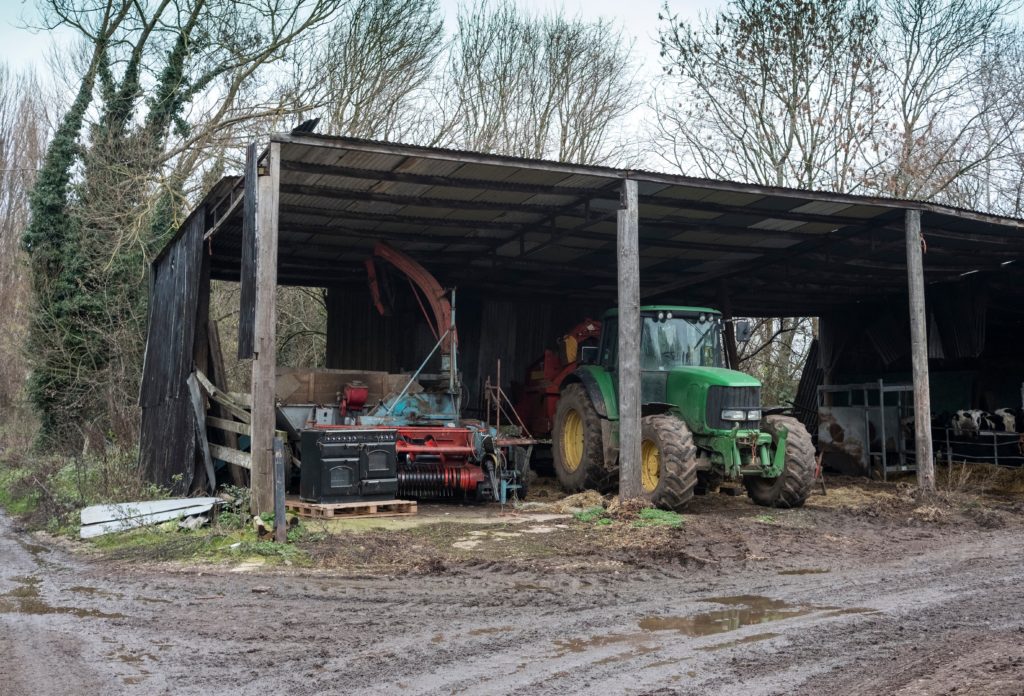
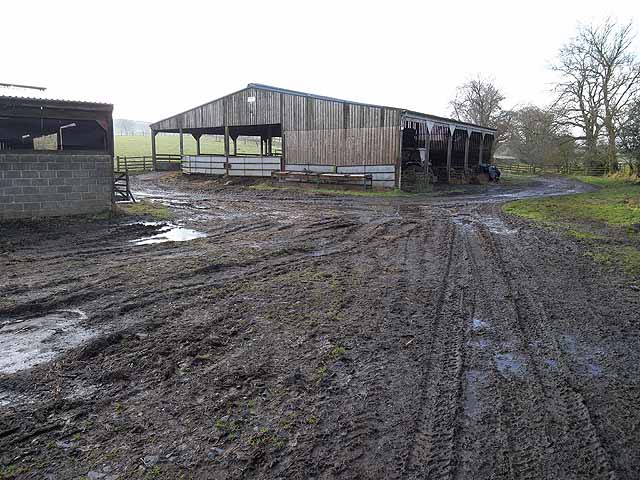
- After removal of manure and bedding, thoroughly scrape out the area if necessary, and clean and disinfect any equipment used
- Equipment used on/for reactor cattle (e.g. feed and water troughs, milking equipment) should be thoroughly cleaned and disinfected
- If reactor cattle were isolated at grazing then some of the above may not apply, and there is a tick box on the BT05 declaration to this effect
It is strongly recommended that you do not spread stacked manure from reactor cattle on pasture. If you do choose to spread this manure, it then cattle must not graze the land for at least 60 days after its application. This is to allow for the natural die-off, decay and inactivation of any M. bovis bacteria that may have contaminated the environment.
If you choose to spread slurry, it should be stored for as long as possible before use, ideally for a minimum of six months. Slurry must not be spread within a minimum of 10 metres from your farm boundary or from any land grazed by or housing used by any TB susceptible stock. Ideally, there must be no access to the treated ground by TB susceptible stock for at least 60 days following spreading of slurry.
- If at all possible, slurry should be spread in calm weather to minimise aerosol production
- Methods of slurry spreading that produce aerosols that travel long distances should be avoided where possible
- Slurry application should be avoided outright when cattle are in neighbouring fields and when slurry risks drifting into neighbouring grazing fields, even if there are no cattle in them.
- Slurry from other farms should not be spread and you should avoid sharing spreading equipment with other farms. If this is unavoidable then all equipment should be thoroughly cleaned and disinfected between farms
TB Advisory Service (TBAS)
Farmers can do a lot to reduce the risk of TB entering their cattle herd and in minimising its impact if they do get it. While the TB Hub and private vets remain great sources of information and advice, farmers can also benefit from the TB Advisory Service (TBAS). The service was first launched in 2017 for cattle farmers in the High Risk and Edge Areas of England.
A new TBAS was rolled out in September 2021 and is available to keepers of cattle and farmed non-bovine animals across England. TBAS aims to help maximise farm biosecurity and minimise TB risks associated with animal movements. They offer free-of charge on-farm visits, telephone advice and drop-in clinics.
Farm visits typically last around two hours, depending on how much there is to look at and discuss. After the visit, you will receive a bespoke report including practical recommendations. You are encouraged to also invite your private vet to the farm visit and to share the report with them afterwards. Further advice and support over the phone is available after the visit.
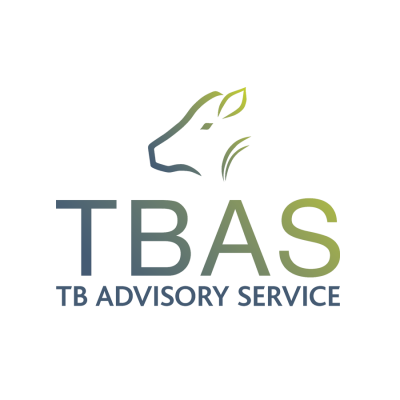
Disease investigation visit (DRF visit)
This visit is completed by an APHA vet, primarily to gather information about the source of the TB breakdown. Advice is also given on biosecurity and the APHA vet will answer any questions that you may have, for example regarding TB licensing. All new TB breakdowns in the Low Risk Area (LRA) and Edge Area receive a visit by an APHA vet, known as a DRF (Disease Report Form). In the High Risk Area (HRA), this process is slightly different as not every TB breakdown receives a DRF visit.
APHA will contact you to arrange the visit. The aim of this visit is to try and establish the source of the TB breakdown and inform case management. If you are not visited, you may be contacted by telephone so that APHA can gather certain information that will help to manage your breakdown and instruct any additional TB testing that may be required.
Information gathered by the APHA vet at the DRF visit
| Mapping of the farm | Using data held by the Rural Payments Agency (RPA), APHA generates maps to show all the various premises and land used by the herd, along with areas of possible contact with other neighbouring cattle herds |
| Non-bovine species | Other livestock species kept on the farm that are susceptible to TB e.g. camelids, goats and pigs |
| Previous TB testing and breakdown history | APHA will establish if this is a first TB breakdown or not and gain further details about the reactors found |
| Wildlife activity | Badger activity and setts on the farm and in the surrounding area. APHA will also ask about wild deer |
| Biosecurity | Policy for introducing new animals onto the farm, whether badgers or deer can access cattle feed, water and housing, milk source used for calves (if applicable) and silage type fed on farm and its origin |
| Public Health | Sale of raw milk and raw milk products (if applicable) and also whether any family or staff members consume raw milk from your herd |
APHA farm level bTB reports
Owners of all new TB breakdown herds in the HRA and Edge Area receive a farm level bTB report a few weeks after the start of the breakdown. The reports are specific to the individual farm and you are encouraged to share the report with your private veterinary surgeon to get the most out of it. These bTB reports are produced by APHA using TB breakdown and cattle movement data. The aim of the report is to help you understand the TB risks to your herd and how to take action to reduce these risks.
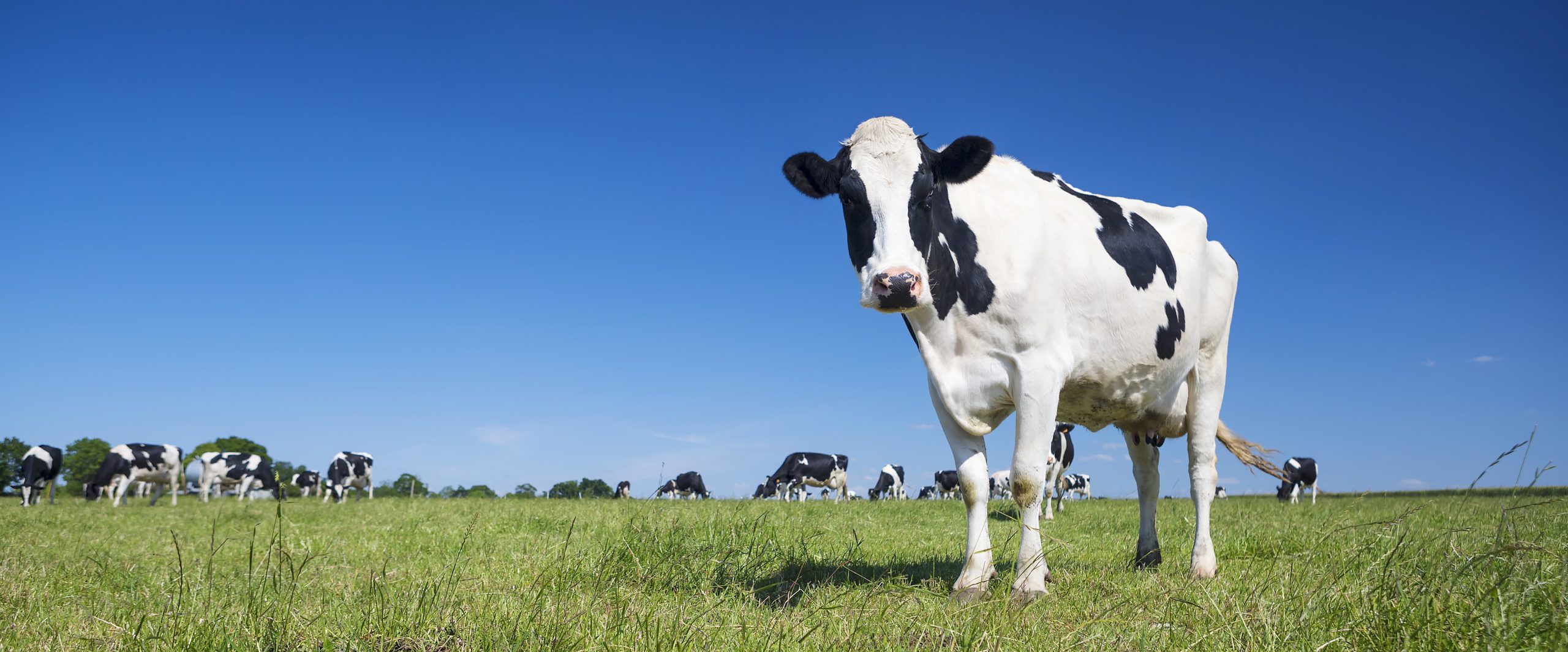
Useful resources
- See our worked example for how to correctly calculate disinfectant dilution rates.
For more information about how farm level bTB reports can help you and your private vet, see our guide.